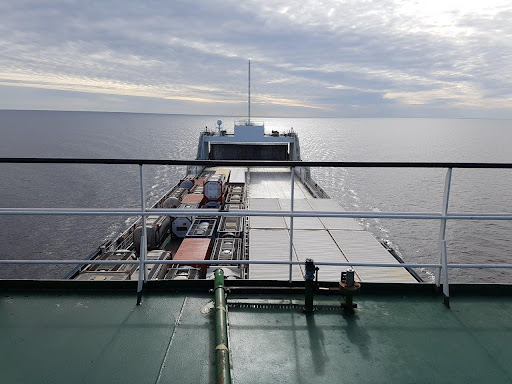Shipping perishable goods by boat is like performing a circus act. Whether it’s fresh fruits and vegetables from farms, sensitive medicines needing cool temperatures, or freshly caught fish headed to market, you must keep everything in perfect condition.
The challenge of delivering perishables by sea is huge, but it also requires careful attention and special skills to ensure everything arrives just as it should. In this blog, we’ll share five vital tips for safe transport of perishables by boat, making sure they reach their destination fresh and ready.
Choosing Your Packaging
Every type of perishable requires a specific type of packaging for protection. While air and watertight containers are essential for all, the material varies based on what’s being shipped.
High-quality, robust packaging not only safeguards your goods against the elements but also ensures they maintain their structural integrity.
Different perishables have different material requirements. For example, fruits and vegetables may benefit from sturdy, yet breathable options like mesh or vented plastic. Meanwhile, seafood and meats might require airtight, plastic or insulated containers to prevent odor and leakage.
Maintaining Optimal Temperatures
Temperatures can fluctuate, and at sea, these changes can be unpredictable. Modern tech is revolutionizing cool chain management.
From temperature-sensitive labels that indicate if the cargo has experienced a temperature breach, to sophisticated refrigerated transport systems that adjust in real-time, technology offers a great level of control.
Even with technology, it’s crucial to follow best practices that include pre-cooling the cargo, ensuring the boat’s refrigeration systems are well-maintained, and monitoring the temperature throughout the journey.
Emergency Backup Systems
Even with the best of plans, emergencies can arise. Having robust backup systems in place ensures that a power outage or mechanical failure doesn’t spell the end for your cargo’s freshness.
Ensure that critical systems have secondary backups; from redundant temperature controls to emergency power sources. Incorporate an emergency bilge pump as another layer of assurance in your backup systems.
These pumps play a crucial role in keeping water from entering, protecting not just the cargo but also ensuring the vessel’s safety. Regular inspection and testing of backup equipment should be standard practice for preventing surprises.
Efficient Routing for Freshness
Efficient routing can significantly reduce the time from harvest to table, ensuring items spend less time in transit and more on the shelf. Sometimes, the shortest route isn’t the fastest. Balancing speed with cost-effectiveness is critical.
Using historical data to optimize routes and leveraging the capabilities of faster boats can minimize transit times without excessively impacting the budget.
Unforeseen weather challenges can delay even the best-laid plans. Building contingencies into the route; such as alternative ports can help offset these potential delays and maintain the freshness of your goods.
Handling and Storage Protocols
The way cargo is handled and stored significantly impacts its quality upon arrival. Implementing strict protocols is non-negotiable. From loading to unloading, every touchpoint in the supply chain should adhere to the same strict standards.
This includes proper stacking, avoiding cross-contamination, and correct labeling. Educating staff on the importance of their role in maintaining cargo integrity and providing them with the tools and checklists can also produce remarkable results.

